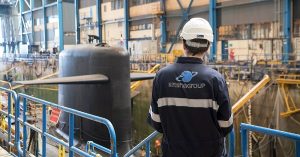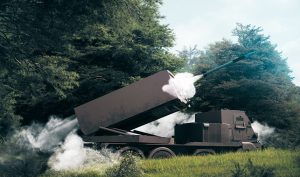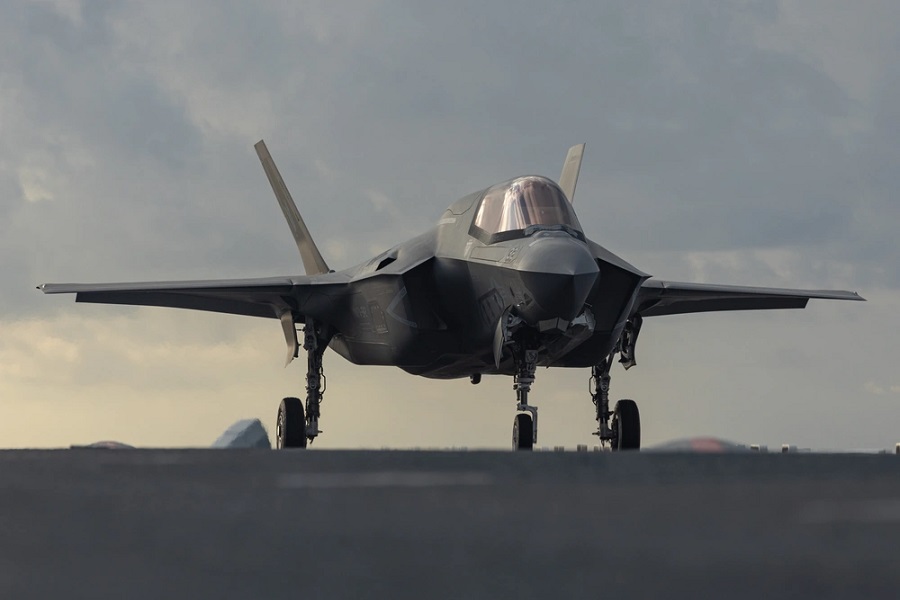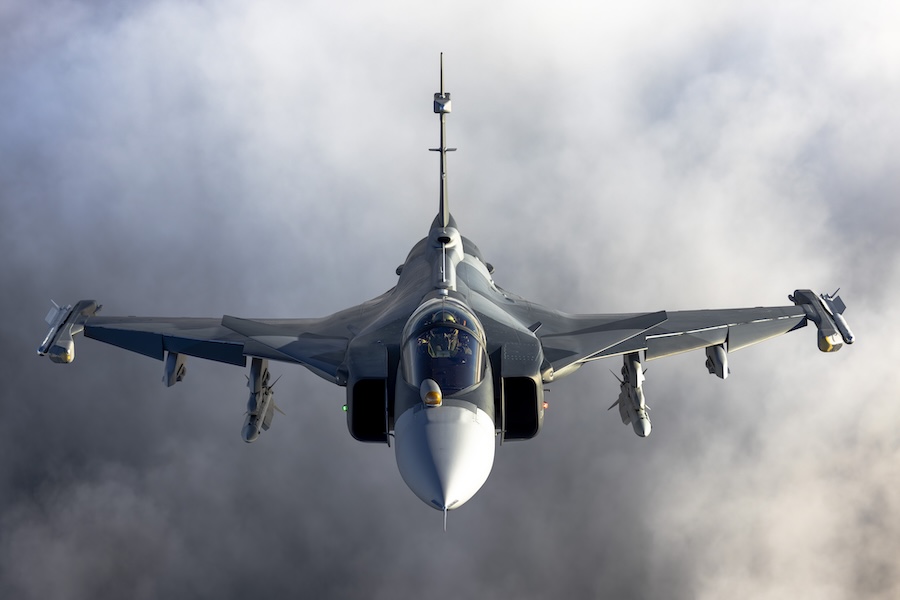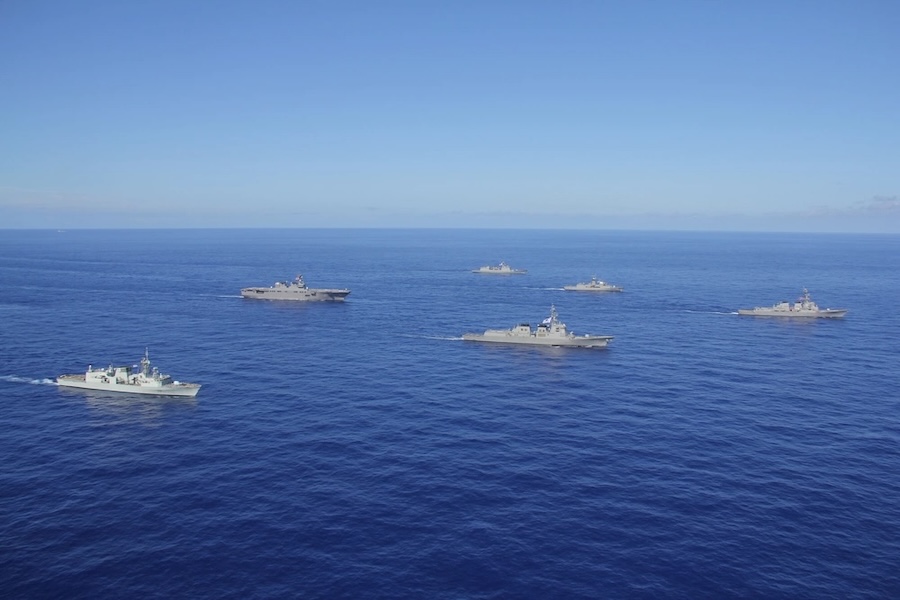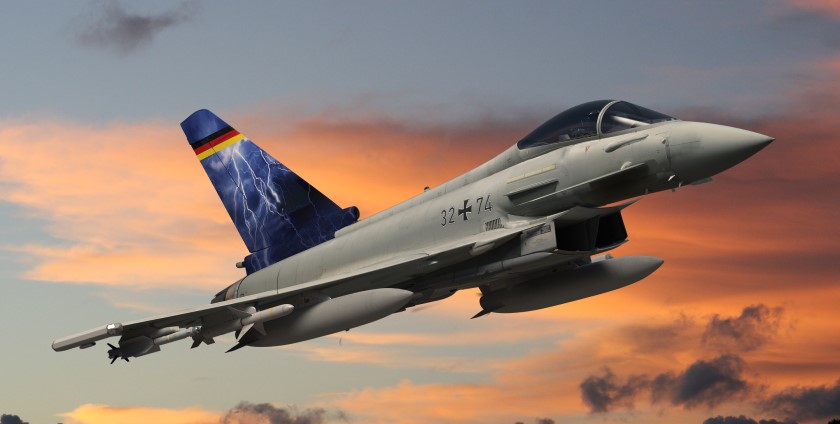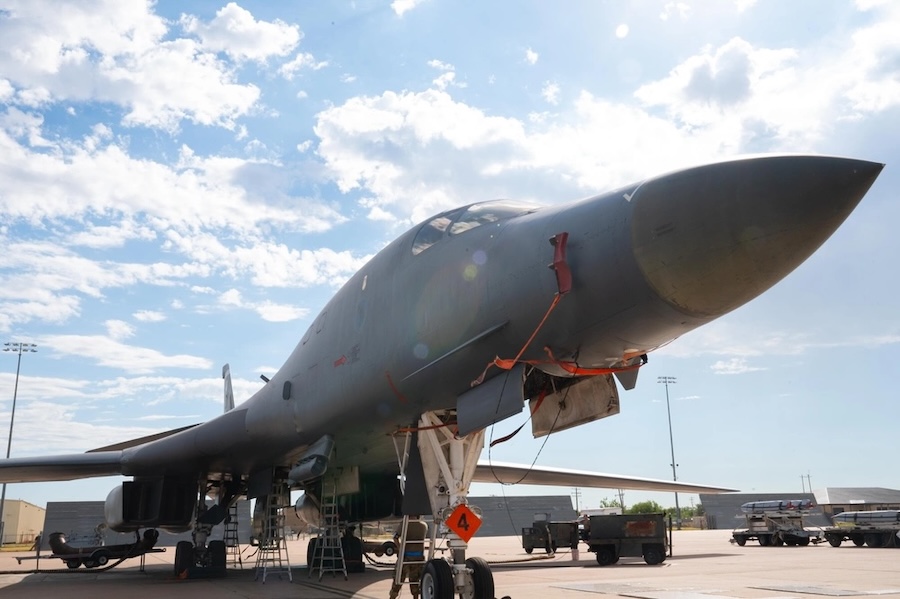Until now, the missile had only been cleared for use by two-seat Rafale B aircraft operating from land bases of the French Air and Space Force, which first introduced the system in 2023. The ASMP family has been part of France’s nuclear deterrent since 1986, when the original supersonic cruise missile replaced AN-22 free-fall nuclear bombs.
The initial ASMP had a range of 300 km, which was increased to 500 km in the ASMP-A version introduced in 2009. The latest missile, the ASMPA-R, is the result of a mid-life upgrade programme launched in 2014 to improve its ability to penetrate advanced air-defence systems.
Details of the enhanced capabilities remain classified, but reliability and navigation precision have been given priority. France continues to modernise its nuclear arsenal with a particular focus on the naval component, which forms the foundation of its strategic deterrent in the absence of land-based ballistic missiles.
Its fleet of four ballistic missile submarines has also received new delivery systems as part of this modernisation effort. On 24 October, Minister Catherine Vautrin signed the decision to introduce the new M51.3 submarine-launched ballistic missile into service, with the first adapted submarine being Le Téméraire (S617).
The M51.3 is an upgraded variant of the three-stage M51.2 and is understood to offer greater range and improved capability against hostile missile defence systems. Although the M51 entered service in 2010 and the latest M51.3 has now been adopted, continuous development is required to maintain its effectiveness.
For this reason, work on the next variant, designated M51.4, began in September 2025. The new programme aims to ensure that France’s strategic missile forces remain capable of meeting evolving security challenges.









